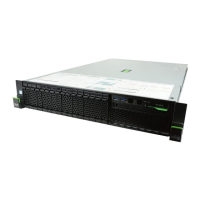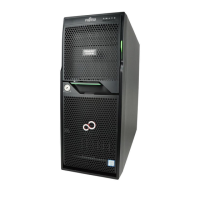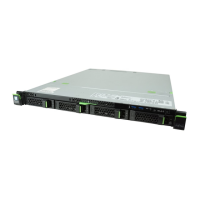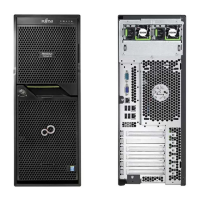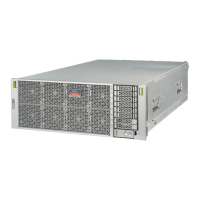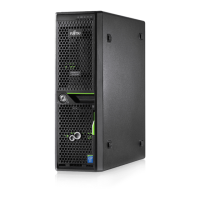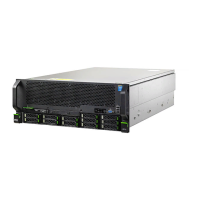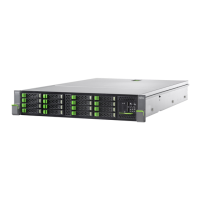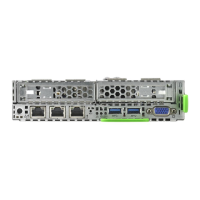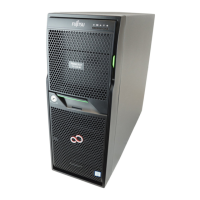C120-H007-08EN 101
8.2 Details
(5) Other considerations for fire prevention
Other major considerations for fire prevention are:
Risks of fires spreading from neighboring buildings
Fire resistance of the building
Fire resistance of the computer room and the data storage room
Fire prevention facilities at openings, such as windows and doors
Fire dampers (e.g. for ducts)
Non flammable air conditioner inlets and outlets, and ducting heat insulators
Treatment of the area where walls are penetrated by wiring cables to prevent fire
spreading and smoke leakage
Emergency power breakers interlocked with the computer room and air
conditioners
Emergency opening and closing of the data storage room door
Fire prevention control standards, and specific duties for the fire prevention
supervisor and the fire manager
Private fire brigade and fire fighting drills
Maintenance and inspection of fire-fighting and escape facilities
The points of fire preventive actions for data storage rooms are:
Provisions should be made for cutting off the supply of lighting power to the data
storage room when it is not used to prevent the occurrence of fires caused by power
leaks.
The storage warehouse must be such that the internal temperature will not rise
above 60 C (140 F) and that it will not allow the entry of any corrosive gases and
vapor that may be generated in a fire so as to preserve the data recorded on the
stored media.
8.2.2 Earthquakes
Earthquakes of any strength can occur at any time over a broad area. Because big
earthquakes can cause secondary disasters, earthquake control should provide
measures against fire and water damage, as well as against overturning and collapse.
To minimize the effects of earthquakes, the building that houses the server system
should be located in a less quake-stricken district. But the most effective earthquake
control action is to augment the earthquake-proofing of the building itself.

